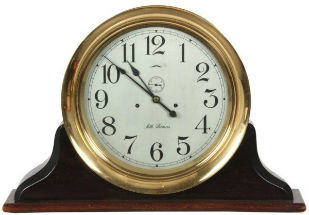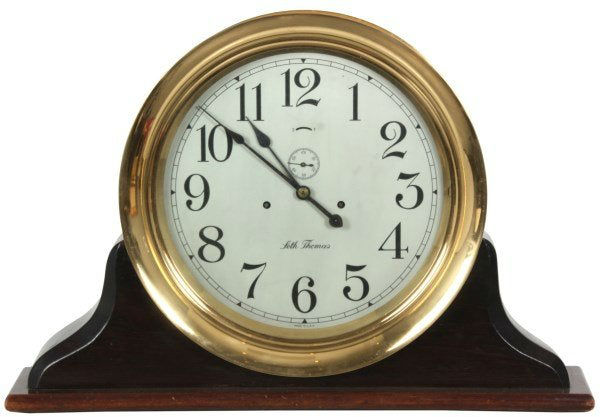
NEW YORK – In the 19th century, clockmaking was a booming industry in Connecticut and the Seth Thomas Clock Co. was one of nearly a dozen enterprises that flourished there, including well-known names like Ingraham, New Haven, Waterbury and Ansonia. From regulators to wall and shelf clocks, Seth Thomas made clocks for nearly 200 years that were highly sought after for their technical craftsmanship and aesthetic beauty.
Connecticut became a hub for clockmaking for several reasons. Seth Thomas and other makers profited from the abundance of riches available here from waterpower to a rich tradition of New England manufacturing enterprises in complementary industries and access to ports. “One factor sometimes overlooked was the influx of many Europeans in the last half of the 19th century, particularly from Germany, who brought with them their clockmaking skills from the Black Forest of Germany,” notes Ian Roome, who serves on the board of directors for the American Clock & Watch Museum in Bristol, Conn.
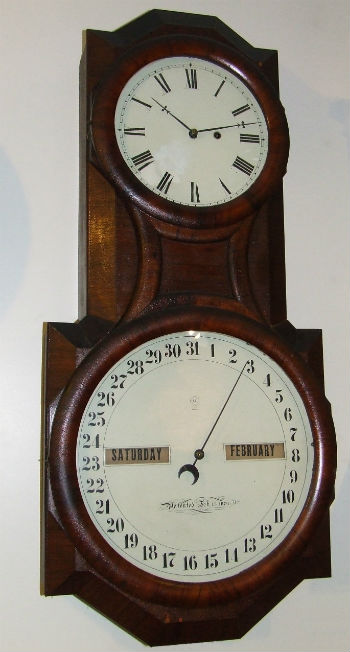
Seth Thomas was a young joiner who hailed from Wolcott, Conn., and worked as an apprentice to Eli Terry, “arguably the father of mass production in the clock manufacturing business,” said Roome. Thomas began his own business in Plymouth Hollow, Conn., in 1813 (the town was renamed Thomaston in 1865 in his honor). “While Seth Thomas was not an inventor or pioneer, he was a remarkably astute businessman. He learned very early the value of diversification so that his clockmaking business was balanced with other significant ventures,” Roome noted. After Seth Thomas died in 1859, his son Aaron took over as president of the company. “During this period, the Seth Thomas Clock Co. became an international corporation with an astonishing increase in the variety of timepieces – from clocks to watches to tower clocks – and a brand name known worldwide.” Production continued well into the 1940s but after 1950 business began to fall off and the company saw several changes of ownership and a major relocation of the clock business from Thomaston to Athens, Ga., in 1983. In 2001, it filed for bankruptcy, ending the nearly 200-year life for this famous company.

Seth was known to be conservative in his clock designs and his son introduced many new styles of clocks, including regulators in 1860. Wood movements were also phased out in favor of brass movements.
“The appeal of Seth Thomas clocks, particularly from the period of 1813 to World War 1, is a combination of style, quality and workmanship,” Roome said. “Regulators, calendar clocks and the precision floor and wall hanging clocks are the most sought after by collectors today.”
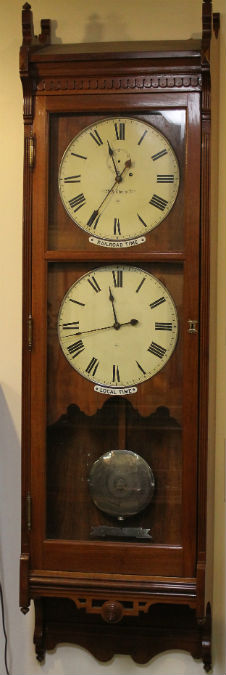
Collectors especially chase after clocks from the company’s earliest period of 1813-1830 (noted for having wooden movements) or the Victorian period from 1870-1900. “From the early period, the pillar and scroll shelf clocks and the tall case clocks, both with wooden gear movements are sought after by collectors,” he said. “From the Victorian period, the regulators, calendar clocks and precision clocks are the most sought after by collectors.” Seth Thomas is also well known for its “City” series of clocks, with clocks named for American cities such as Dayton, Omaha and Albany. While many 19th century factories easily fell victim to fires, the Seth Thomas company escaped conflagration but was heavily flooded in 1955, during which many of its production records were destroyed, making it hard for collectors today to determine production run numbers for specific models.
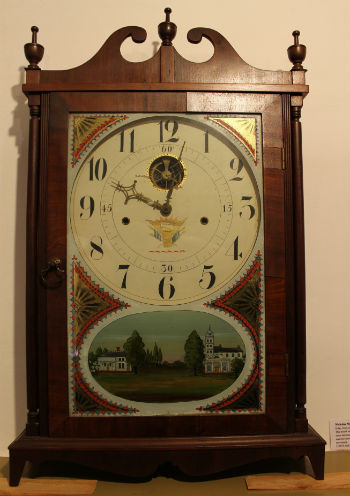
Richard Oliver, aka the “Clock Guy,” runs the Antique Clocks Guy website, and explains that among Seth Thomas wall regulators, perhaps the most coveted is regulator No. 19 followed closely by its immediate predecessor, regulator 16. “They had essentially the same case, except Reg. 16 at 9 inches in depth is not quite as deep of a case as Reg. 19. Both clocks were used in major railroad stations and in high-end commercial establishments as well as by jewelers across the country because of their very precise timekeeping.”
Fontaine’s Auction Gallery sold a No. 20 floor regulator with a rare Grande Sonnerie strike and repeat feature in 2015 for $60,000, noting in its cataloging that the firm is “the only American clock manufacturer that we know of to have ever made a weight-driven regulator with a Grande Sonnerie strike and repeater movement, both striking the quarter-hour and hour every 15 minutes.”
For many collectors, Tran Duy Ly’s two-volume book on Seth Thomas clocks and movements is the bible of this field, providing valuable identification information on clocks made in the company’s first 100 years.
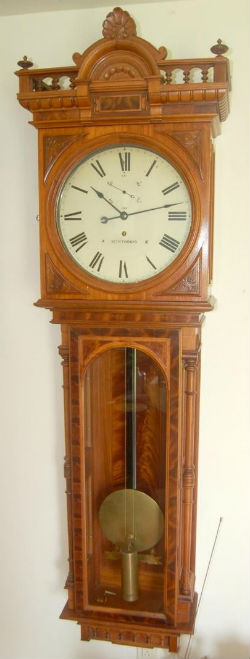
Oliver suggests new collectors start with small mantel or wall clocks, just to learn about them and get their feet wet. “Many people buy antique clocks not to ‘collect’ them, but for their decorative value,” he wrote on his website. “That buyer may have a totally different set of parameters than someone who is interested in antique clocks and desires to become a collector.”
When buying, there are several factors that affect value and determine how desirable a particular clock is, Roome said, including:
- Condition: Original case finish; original painted dial, original hands, original glass tablets, pendulum bob and weights.
- Veneers: Many pre-1900 clocks have a veneered surface. Veneers with beautiful colors and patterns such as Brazilian rosewood and crotch mahogany enhance the visual appeal of the clock.
- Scarcity: Some models were made for only a one- or two-year period whereas others were made for a period spanning 100-plus years.
- Demand: The condition, scarcity and other factors (such as being part of a series) affect demand which in turn affects value.


